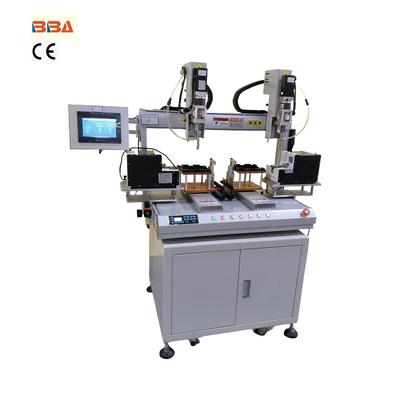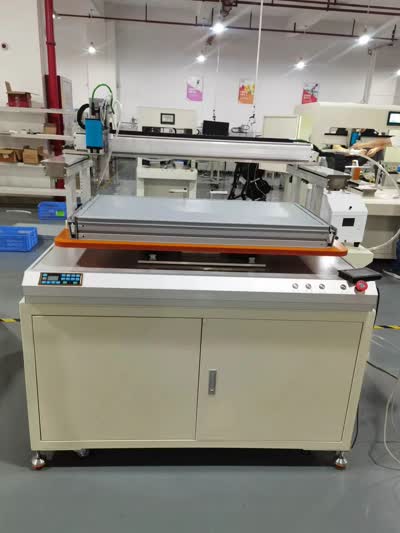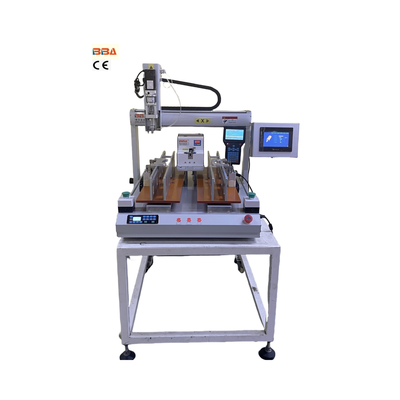Multi-Head Automatic Screw Driving Systems | Industrial Automation Solutions

Multi-Head Automatic Screw Driving Systems Explained
In modern industrial automation, efficiency and precision are paramount. One technology that stands out for enhancing both is the multi-head automatic screw driving system. These systems are designed to automate the process of driving screws into products or components, significantly reducing assembly time while improving consistency and quality. Unlike traditional single-head systems, multi-head configurations feature multiple driving units that operate simultaneously or sequentially, making them ideal for high-volume production environments.
The core mechanism of a multi-head automatic screw driving system involves several key components. Each driving head is equipped with a screw feeder, a driver bit, and a sensor to detect proper screw placement. The system is typically integrated with a programmable logic controller (PLC) that coordinates the movement and operation of each head. This allows for synchronized driving of multiple screws at once, drastically cutting down cycle times. Advanced models also include vision systems or force sensors to verify that each screw is driven to the correct depth and torque, ensuring product reliability.
Key advantages of using multi-head automatic screw driving systems include:
- Increased Productivity: By driving multiple screws simultaneously, these systems can complete assembly tasks much faster than manual labor or single-head automatics.
- Enhanced Precision: Automated controls ensure consistent torque and depth for every screw, reducing human error and product defects.
- Flexibility: Many systems are adjustable to accommodate different product sizes and screw types, making them suitable for various applications.
- Labor Savings: Automating screw driving tasks reduces the need for manual operators, lowering labor costs and minimizing ergonomic issues.
- Quality Assurance: Integrated sensors and monitoring systems provide real-time feedback, allowing for immediate corrections and data logging for traceability.
These systems are widely used in industries such as electronics, automotive, consumer appliances, and telecommunications, where precise screw fastening is critical. For example, in smartphone assembly, multi-head systems can install multiple screws on a device within seconds, maintaining tight tolerances required for product integrity. Similarly, in automotive manufacturing, they ensure that components are securely fastened to withstand vibrations and stress.
When selecting a multi-head automatic screw driving system, factors to consider include the number of heads required, the types of screws used, production speed needs, and integration capabilities with existing production lines. Modern systems often feature user-friendly interfaces for easy programming and maintenance, along with robust construction for durability in industrial settings.
In conclusion, multi-head automatic screw driving systems represent a significant advancement in industrial automation. They offer a blend of speed, accuracy, and reliability that is essential for today's competitive manufacturing landscape. By adopting this technology, companies can optimize their assembly processes, improve product quality, and achieve greater operational efficiency.
| Product Name | Applicable industries |
| Dual Head Screwdriver | Smart Wearables Production |


